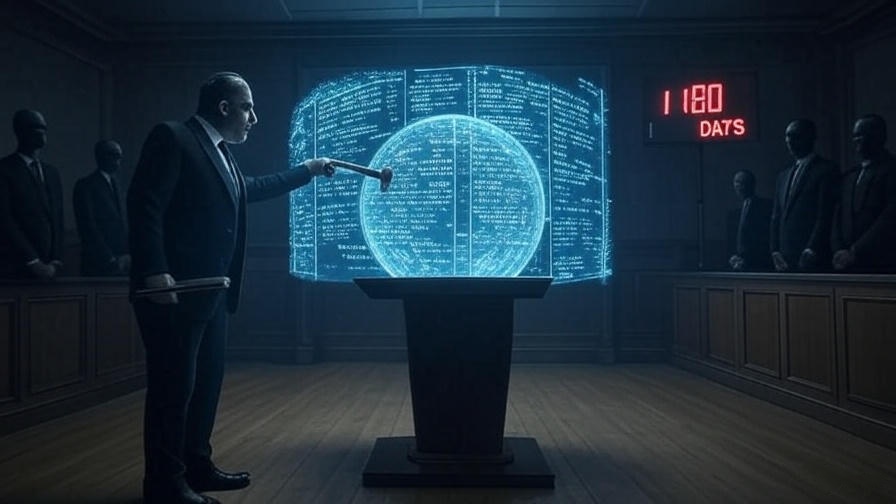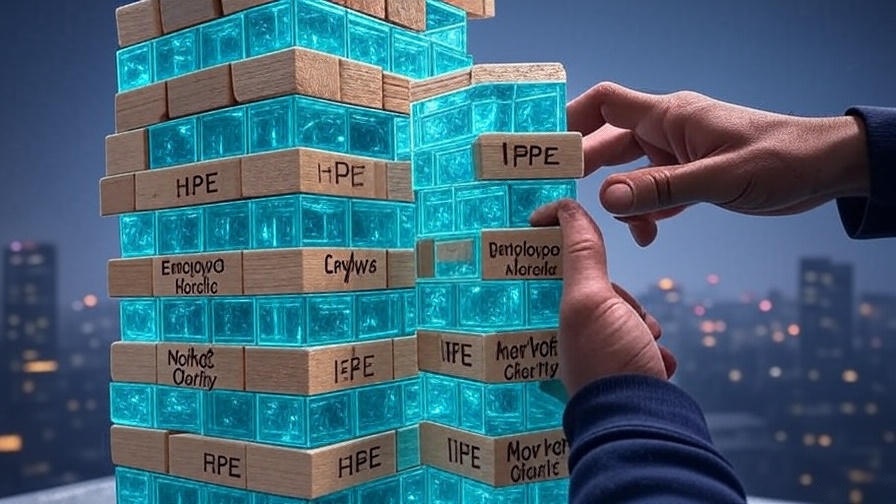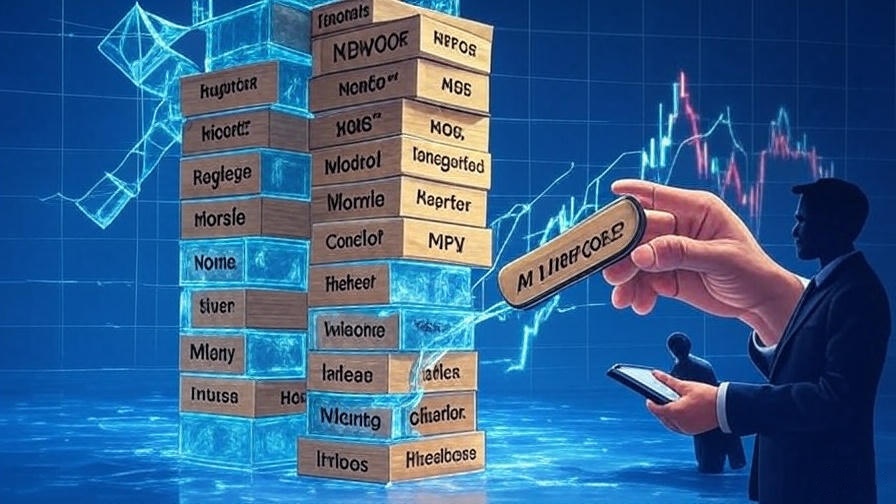The HPE Juniper AI Breakup is sending shockwaves through the tech world, marking an unprecedented move forced by the U.S. government. When Hewlett Packard Enterprise (HPE) acquired Juniper Networks, the Department of Justice (DOJ) didn’t just approve the deal—they completely rewrote the rules of how tech mergers work. This has created a domino effect that could reshape the entire artificial intelligence for IT operations landscape (AIOps – the practice of using AI to automate and streamline IT operations).
This isn’t your typical corporate acquisition story. The DOJ has forced HPE into what might be the most unusual divestiture arrangement in tech history.
The Government’s Shocking Move: Creating a Competitor from Scratch

The DOJ didn’t just rubber-stamp this multi-billion dollar deal. Instead, they’ve imposed conditions that read more like a tech thriller than a regulatory filing.
Here’s what HPE must do:
- Sell off Juniper’s AI for Mist source code within 180 days.
- Transfer 55 specific Juniper employees to the buyer.
- Provide ongoing support to their new competitor.
- Give the government final approval rights over who can buy the technology.
This level of regulatory intervention is almost unheard of, signaling a new era where the government is willing to create new competitors from scratch to ensure market health.
The Forced Auction That Changes Everything

HPE has been given a tight deadline—180 days—to auction off some of Juniper’s most valuable AI technology. But this isn’t a typical auction where the highest bidder wins.
The unique auction structure:
- Only bidders “acceptable to the United States” can participate.
- A maximum of two entities will receive licenses.
- Winners are chosen based on the “totality of the bid,” not just price.
- The government will monitor the process every 30 days until completion.
This selective process shows the DOJ’s determination to create meaningful competition, not just transfer assets from one giant to another.
The Human Capital Transfer: A Team in a Box

Perhaps the most striking aspect of this HPE Juniper AI Breakup is the mandated employee transfer. HPE must actively encourage 55 specific Juniper employees to join the auction winner.
The employee breakdown:
- 30 engineers intimately familiar with the Mist AIOps technology.
- 25 sales professionals who understand the market and customers.
- Financial incentives provided by HPE to facilitate the move.
- A strict restriction on the buyer from poaching additional Juniper staff.
This ensures the new competitor gets both the technology and the human expertise needed to compete effectively from day one.
HPE’s Impossible Task: Nurturing Its Own Competitor

While HPE keeps the core Mist brand and platform, they are required to support their new competitor in ways that seem almost contradictory to normal business logic.
HPE’s ongoing obligations include:
- Knowledge transfer assistance to the buyer.
- Software updates and engineering support.
- Bug fixes for the divested AIOps code.
- Introductions to crucial hardware manufacturers and distributors.
- Maintaining the AIOps product as a viable, high-quality offering until the sale is complete.
This creates a bizarre scenario where a company must nurture a competitor born directly from its own strategic acquisition.
The Positive Impact on the Industry

This aggressive regulatory intervention could deliver significant benefits to the broader tech ecosystem.
- Competition gets a major boost. By creating new, viable players with proven technology and experienced teams, the AIOps market avoids dangerous concentration. This directly benefits businesses looking for innovative networking solutions. (Learn more about the importance of competition in tech from the Electronic Frontier Foundation).
- Innovation accelerates rapidly. With multiple entities working from the same powerful source code base, more resources will be focused on advancing AIOps capabilities. End-users should see faster feature development and better solutions.
- Market opportunities expand. Companies previously locked out of the advanced AIOps space now have a chance to acquire a proven solution with built-in operational support, potentially disrupting the market hierarchy.
The Challenges and Risks Ahead

However, this unprecedented approach is not without significant complications.
- HPE faces operational headaches. Managing this complex divestiture while providing ongoing support to future competitors adds substantial overhead. The company must balance supporting a rival while fiercely protecting its own competitive interests.
- Integration challenges await winners. While buyers get valuable technology and talent, absorbing 55 new employees and integrating an unfamiliar AI system into existing operations is a monumental task.
- Employee uncertainty creates instability. The 55 Juniper employees face potential upheaval. Despite financial incentives, this uncertainty could impact morale, productivity, and retention.
- Market confusion may increase. Multiple versions of what was originally a unified technology, now without the established Mist brand, could confuse customers and fragment the market in unexpected ways.
What This Means for Investors

This HPE Juniper AI Breakup signals a fundamental shift in how regulators view big tech mergers.
- Technology stocks face new scrutiny. Companies planning major acquisitions, especially in AI, should expect similar regulatory intervention. This could impact deal valuations, timelines, and shareholder confidence. (For context on how these deals are scrutinized, see ongoing analysis from the U.S. Department of Justice’s Antitrust Division).
- New investment opportunities emerge. The forced auction creates unique, government-vetted investment targets for companies or private equity firms looking to enter the lucrative AIOps space.
- Competitive dynamics will shift. Established players may lose market share as regulators actively create new, well-equipped competitors, potentially compressing margins across the industry.
The Broader Implications: A New Blueprint for Regulation

This HPE-Juniper deal is more than just one merger—it’s a blueprint for future regulatory action.
The government’s willingness to mandate employee transfers, ongoing support, and selective buyer approval suggests antitrust enforcement is evolving rapidly. For the AIOps industry specifically, this intervention could spark a wave of innovation. The ultimate test will be whether the competitors created by this HPE Juniper AI Breakup can successfully challenge the established giants.
Looking Ahead
The success of this regulatory experiment will undoubtedly influence how future tech mergers are structured. If the new AIOps competitors thrive, expect similar conditions in other strategic technology acquisitions. The tech industry has entered a new era where growth through acquisition faces unprecedented regulatory creativity. This deal may well be remembered as the moment everything changed.
Disclaimer: This analysis is for informational purposes only and should not be considered investment advice. The technology sector involves significant risks, and regulatory changes can materially affect company valuations. Readers should conduct their own research and consult with qualified financial advisors before making investment decisions.
